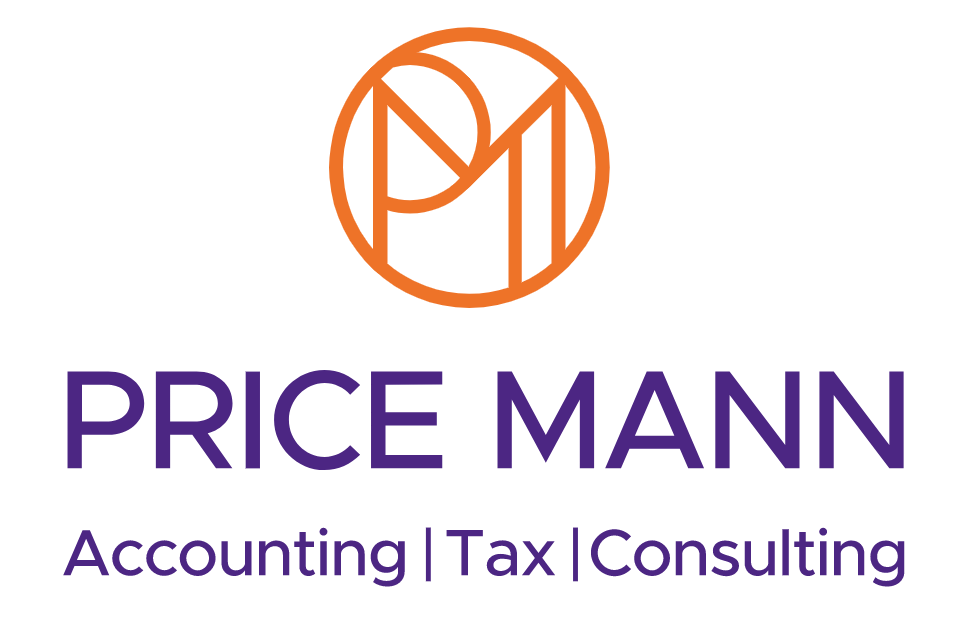15 things you didn’t know an accountant could do
When asked “What does an accountant do?” many people answer with accounts, tax or compliance work. While that’s true, what many don’t know, is that the good ones do so much more. The best accountants will become a part of your team; they will give you strategic advice to save money and boost revenue, they will help you work more efficiently, and they will not only help you plan for your future, but they will help you get there.
To better answer the question, “What does an accountant do?” here is a taster of what they offer to you and your business.
Things an accountant can do…
1. Launch a start-up
You need to know that your idea will make money and may potentially need to convince investors of the same thing. An accountant can do that for you plus work out your start-up and operating costs and create credible revenue forecasts.
2. Manage your cash flow
Getting a stable and consistent cash flow is every business owner’s dream. An accountant can make sure that you always have the money there to pay staff and suppliers, as well as cash reserves in case of an emergency.
3. Help make you more tax-efficient
Everyone knows that an accountant can help you complete and submit your returns at the end of the tax year. What many don’t know is that they can also help you to lower your tax ethically as well as helping you deal with old tax debts and making sure your books are watertight if you’re audited.
4. Manage your debt
What loan should you choose? Should you use spare cash to pay back loans or reinvest in the business? An accountant can help you develop a specific strategy to manage debt in a way that is best for your business.
5. Chase unpaid invoices
An accountant takes the ‘chasing money’ headache away from you by setting up an automated invoice system. When a payment is due or overdue, this will send out automatic reminders to your clients until they pay. Some accountants will even call clients who are very overdue with payments.
6. Improve your business strategy
Yes, your accountant can help you figure out where you want to go and what’s important. They will work with you to set realistic personal, professional, and financial goals, and then they will measure your progress to help you achieve them.
7. Budgeting and forecasting
Working off a vague set of numbers can result in irreparable damage to a business. With an accountant, you can work to an exact budget where you know exactly what is coming in and going out, and how much money you have to reinvest, and all in real-time. As well as having the figures at your fingertips, you will also know your figures that you’re aiming for and how long you could last in a crisis.
8. Writing and pitching loan applications
Applying for a loan is a tedious and difficult process, but not with an accountant. They can pull together your numbers to help you write a solid application, not to mention give you the forecasting figures that will win over any loan officer.
9. Help you with recruitment and payroll
Should you hire a full-time employee or outsource? Will your bottom-line benefit more from a salesperson or a technician? Can you afford to hire and train a new employee? All these questions are important and should be handled with confidence. An accountant can help you make the best choices for you and your business and make payroll easy.
10. Set up your cloud accounting software
Accountants aren’t stuffy number crunchers who speak a different language, they are tech-savvy and future-driven. Using the best tools out there, good accountants can help you automate your business’s accounting so that you’re always on top of your finances wherever you are. As well as implementing this software in your business, they can also train you to use it confidently.
11. Help your business run more efficiently
In addition to accounting software, accountants can also help you unlock the power of other applications so that you can start working smarter, not harder. They can help you increase productivity with your invoicing, payroll, customer relationship management, staff scheduling and time-recording etc, and integrate all these tools together to create an effortless workflow.
12. Improve your inventory management
Many business owners don’t realise how much money is lost due to poor inventory management. What an accountant can do is help you identify the cost of holding inventory and how much revenue is lost, so you can start to place accurate (and cost-effective) orders.
13. Help you plan for the future
Do you want to sell your business in the future? Do you have a succession plan? Do you want to retire early? All these questions need to be addressed and planned for early on in your business journey. As well as helping you develop a plan for the future, an accountant will keep this larger goal in mind and will help you stay on track.
14. Listen and support you
A good accountant will become an essential part of your team. They will be your financial advisor for all aspects of your life and will be there to listen and support you whenever you need them (not just appear in your life at the end of the tax year).
15. Give you peace of mind
Your business, your finances, and the welfare of you and your family are probably the three most important things in your life. An accountant can help ease this pressure, giving you the reassurance and confidence that everything is being done or is planned for. The result? Peace of mind and being able to sleep soundly.













